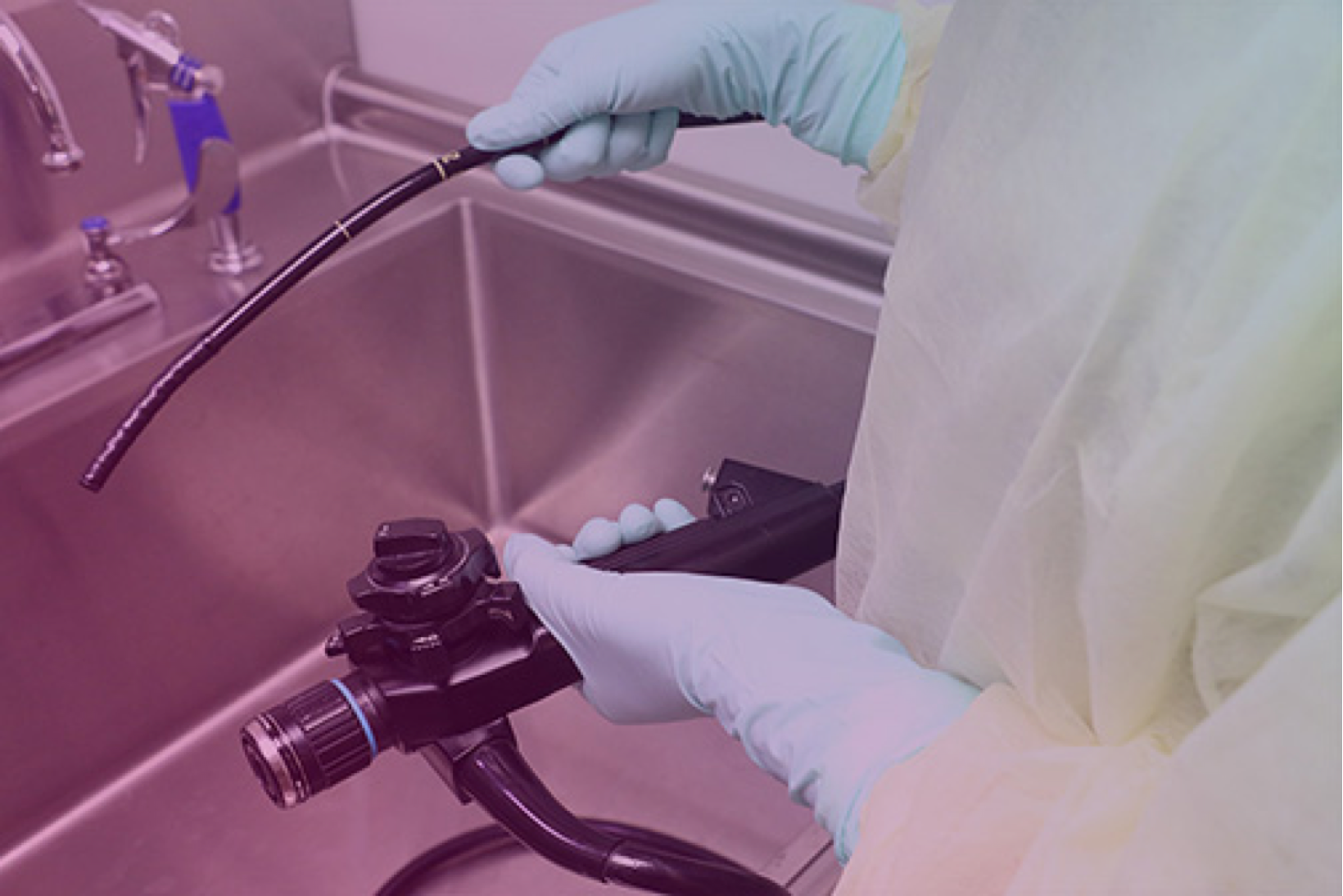Why Healthcare Facilities Need Advanced Endoscope Tracking Software in 2025
Every year in the United States, healthcare professionals perform over 75 million endoscopic procedures, including more than 15 million colonoscopies. This number continues to rise due to increasing gastrointestinal diagnoses and advancements in minimally invasive surgical techniques. While endoscopic procedures are generally safe, the risk of postoperative infections remains a significant concern for healthcare facilities nationwide.
Recent research published in the medical journal Gut reveals alarming statistics: more than 1 in 1,000 patients develop infections within a week following colonoscopies, with rates exceeding 3 in 1,000 for upper GI endoscopies. For patients with recent hospitalizations, these rates skyrocket to nearly 45 and 59 in 1,000, respectively. These numbers substantially exceed previous estimates of 1 in a million.
The primary culprit? Improper endoscope reprocessing.
How Endoscope Tracking Software Transforms Infection Prevention
Comprehensive endoscope tracking software provides the systematic monitoring and documentation that modern healthcare facilities require. ScopeTrac Advanced, the industry-leading endoscope tracking software from Censis Technologies, offers a complete solution that follows each endoscope from bedside to storage, documenting every step of the reprocessing cycle.
Critical Features of Effective Endoscope Tracking Software
1. End-to-End Scope Lifecycle Management
Modern endoscope tracking software monitors the complete journey of each instrument through every reprocessing stage. ScopeTrac Advanced maintains detailed records of each endoscope's:
- Age and maintenance history
- Procedure usage records
- Comprehensive reprocessing documentation
- Current status and location
2. Error-Proof Reprocessing Workflows
Endoscopes present unique cleaning challenges due to their length, internal channels, and increasingly complex designs. Advanced endoscope tracking software addresses these challenges by:
- Creating customized reprocessing checklists based on manufacturer IFUs
- Requiring technician confirmation at each critical step
- Preventing workflow advancement until proper protocols are completed
- Reducing human error through systematic guidance
3. Automated Maintenance Alerts
Reliable endoscope tracking software includes proactive maintenance monitoring:
- Automatic alerts for scheduled maintenance requirements
- Leak testing reminders based on manufacturer specifications
- Expiration date tracking and notifications
- Documentation of all maintenance activities
4. Comprehensive Data Analytics
ScopeTrac Advanced and similar endoscope tracking software solutions offer powerful analytics capabilities:
- Integration with automated endoscope reprocessors
- Real-time monitoring of disinfection parameters
- Verification of process effectiveness
- On-demand reporting for compliance and quality assurance
5. Risk Management and Exposure Documentation
In the event of a potential infection exposure, endoscope tracking software provides crucial capabilities:
- Patient-to-scope usage tracing
- Staff interaction documentation
- Complete reprocessing records for investigation support
- Legal protection through comprehensive documentation
Why ScopeTrac Advanced Leads the Endoscope Tracking Software Market
Since its introduction in 2010, ScopeTrac has revolutionized endoscope management. The latest version, ScopeTrac Advanced, represents the pinnacle of endoscope tracking software technology, offering capabilities that surpass standard systems:
Enhanced Workflow Efficiency
ScopeTrac Advanced streamlines the entire reprocessing workflow through:
- Intuitive user interfaces designed for busy SPD environments
- Streamlined documentation processes
- Hands-free workflow automation options
- Time-saving procedural optimizations
Seamless Integration Capabilities
Unlike basic endoscope tracking software, ScopeTrac Advanced offers:
- Direct interfacing with Censis' OR scheduler
- EHR/EMR integration possibilities
- Connectivity with automated endoscope reprocessors
- Compatibility with broader hospital information systems
Customized Reporting Solutions
ScopeTrac Advanced provides tailored reporting features:
- Customizable endoscope reprocessing reports
- Regulatory compliance documentation
- Quality assurance metrics
- Department performance analytics
Comprehensive Implementation and Support
Censis Technologies backs its endoscope tracking software with:
- Professional implementation services
- Data migration and integration
- Onsite clinical training
- Ongoing technical support
- Regular software updates
Implementing Endoscope Tracking Software: The Path to Enhanced Patient Safety
Modern healthcare facilities cannot afford to rely on manual tracking systems for critical instruments like endoscopes. With infection rates higher than previously estimated and regulatory scrutiny increasing, implementing robust endoscope tracking software is no longer optional—it's essential.
ScopeTrac Advanced stands as the comprehensive endoscope tracking software solution designed specifically to address these challenges. By providing end-to-end visibility, procedural consistency, and detailed documentation, it enables healthcare facilities to significantly reduce infection risks while improving operational efficiency.
Learn More About Endoscope Tracking Software Solutions
Discover how ScopeTrac Advanced endoscope tracking software can transform your facility's infection prevention protocols and reprocessing efficiency. Visit the Censis Technologies website to explore our complete range of solutions, including surgical instrument tracking software, surgical asset marking, and loaner tray management systems.
Contact our team today for a personalized demonstration of ScopeTrac Advanced—the industry-leading endoscope tracking software trusted by healthcare facilities nationwide.
FAQs
- What is endoscope tracking software?
Endoscope tracking software monitors and documents the complete lifecycle of endoscopes in healthcare facilities. It tracks each device from patient use through reprocessing to storage, maintaining records of its history, usage, and reprocessing details to ensure proper handling and compliance with safety protocols. - How does endoscope tracking software help prevent infections?
Endoscope tracking software prevents infections by ensuring adherence to proper reprocessing protocols. It creates customized checklists, requires verification at each step, prevents advancement until protocols are completed, and maintains comprehensive documentation. Reducing human error through systematic guidance addresses improper reprocessing, the primary cause of endoscope-related infections.
- What features should I look for in endoscope tracking software?
Key features to look for include:
- Complete lifecycle management
- Error-proof reprocessing workflows with manufacturer-based checklist
- Automated maintenance alerts
- Comprehensive analytics with real-time monitoring
- Risk management with patient-to-scope tracing
- User-friendly interfaces
- Integration with hospital systems
- Customizable reporting
- Professional implementation support.


